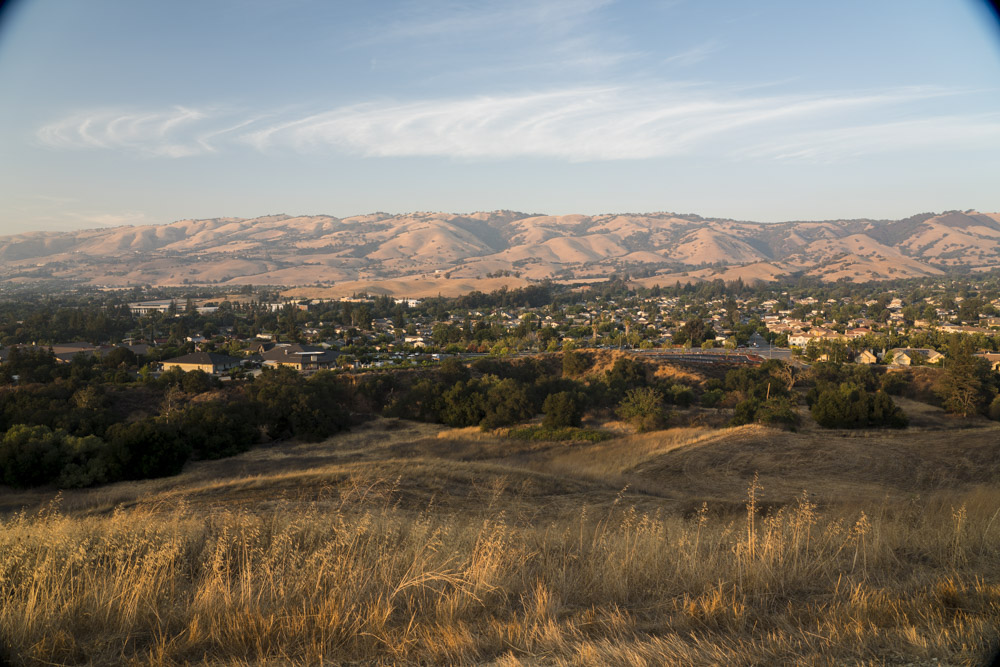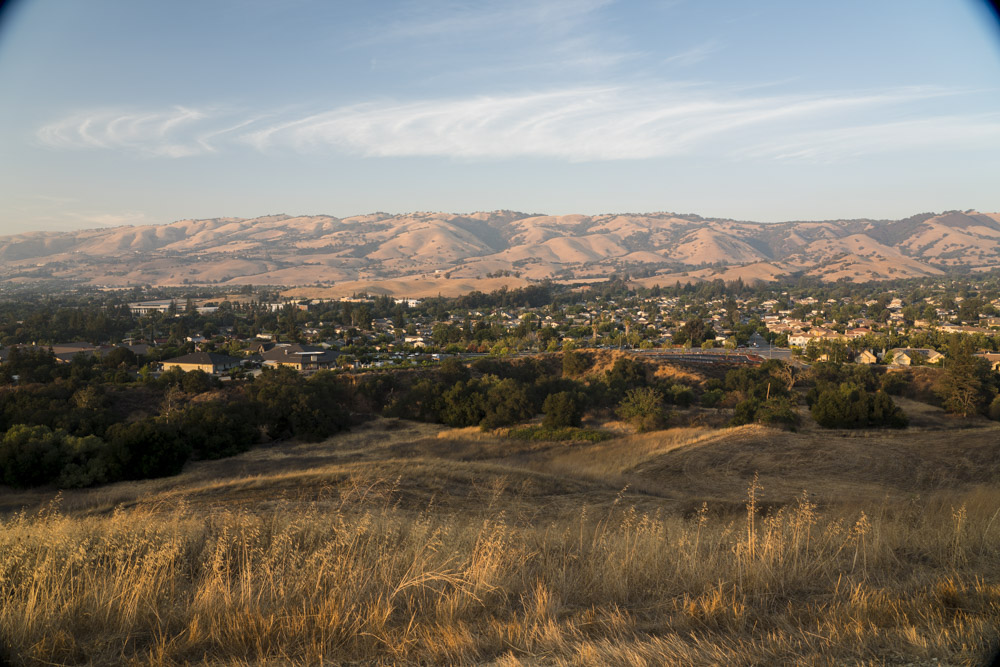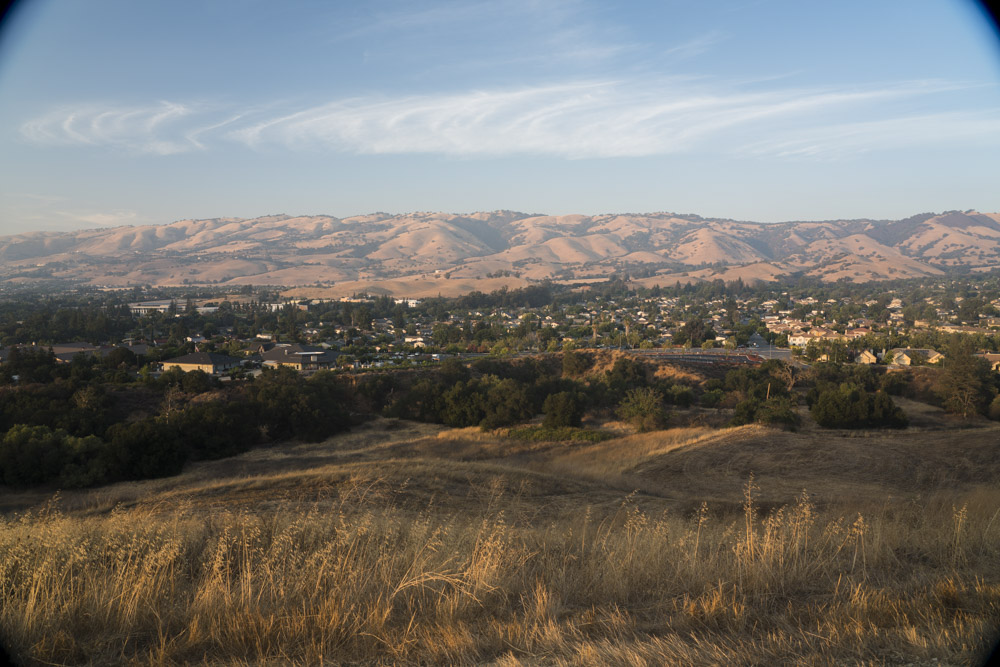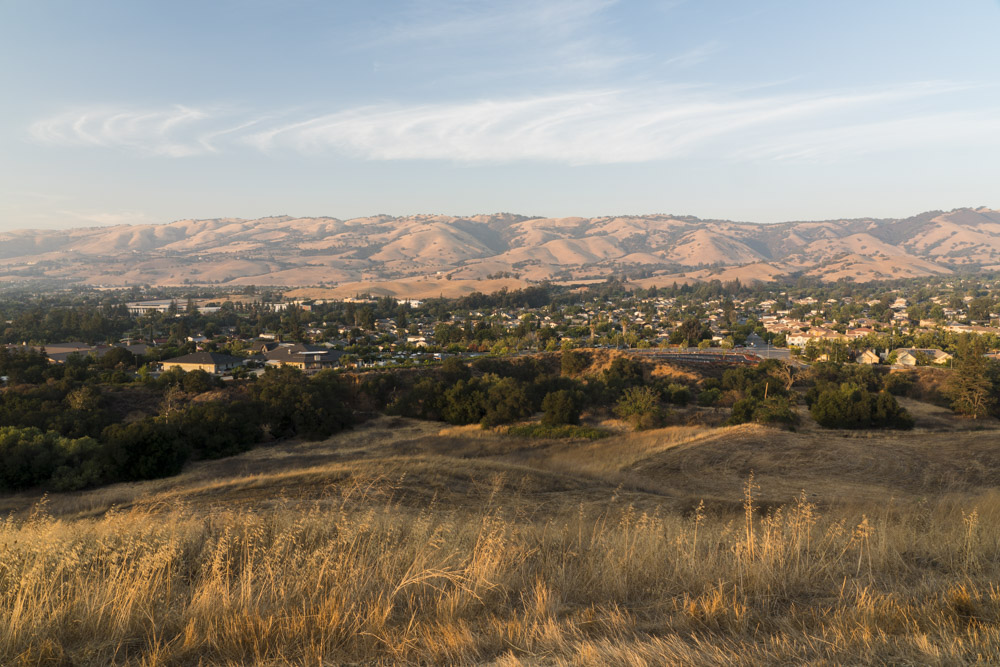Polarizing Filters and Vignetting on a Sony FE 24-105 f/4: Filter Comparison
One Comment
The polarizing filter is such an essential tool because it allows you to control reflections, darken skies, cutting haze, and increase color saturation. Although using 24mm had become second nature for me to use, with a polarizer on the Sony FE 24-105 f/4, I found myself zooming in a bit until the dark corners (as illustrated in the previous post disappear. After a few months of that, I tried to look for a better solution, and it meant trying new filters.
The problem of vignetting by polarizer has long been recognized by the manufacturers. Several offer “wide-angle polarizers” which are designed to mitigate the problem by reducing the filter’s thickness. The thinnest of those filters have no front filter threads. This prevents the use of lens caps for protection, something that I was not fond of in my past use of similar filters.
My Tiffen polarizing filter is reasonably thin and inexpensive. In an extensive comparison, Roger Cicala found that all the tested polarizing filters worked equally well. In order to solve the vignetting problem, I tried several thinner polarizers. One of the difficulties is that the filter’s thickness is not an information is not readily provided by manufacturers, at least in a consistent way. Some provide overall thickness, while others do not count the lens threads. I was able to get this information only after buying the filters, when I measured the thickness with a digital caliper.
The filters
Here are the circular polarizing filters considered in the comparison, all in 77mm:- Tiffen ($34) 7.7mm
- Firecrest Super Slim ($79) 7.4mm
- Hoya Pro1 Digital ($110) 7.4mm
- Firecrest Ultra Slim ($122) 4.6mm, no front threads
- Heliopan Slim ($146) 7.4mm, no front threads
In addition, I also tested two “protective” filters:
- B+W UV 5.8mm
- Hoya UV 6.3mm
The comparison
I photographed a scene from the Evergreen Valley where I live at the 24mm setting on the FE 24-105mm with each filter. First, for reference, here are uncorrected images with the bare lens, showing vignetting respectively at f/4, f/8, f/16:



Uncorrected f/8 images, ordered from the least vignetting to most vignetting:

B+W UV (5.8mm)

Hoya UV (6.3mm)

Firecrest Ultra Slim (4.6mm)

Firecrest Super Slim (7.4mm)

Hoya Pro 1 (7.4mm)

Heliopan Slim (7.4mm)

Tiffen (7.7mm)
Uncorrected f/4, f/8, f/16 with the least vignetting polarizer (Firecrest Ultra):



Uncorrected f/4, f/8, f/16 with the most vignetting polarizer (Tiffen):



Lightroom-corrected f/4, f/8, f/16 with the least vignetting polarizer (Firecrest Ultra)



Lightroom-corrected f/4, f/8, f/16 with the most vignetting polarizer (Tiffen)



Results and conclusion
Here are the findings from the filter tests:- The protective filters did not result in more vignetting than the bare lens.
- For the polarizing filters, there is a strict correlation between the filter thickness and the amount of vignetting. From less vignetting (better) to more vignetting (worse): Firecrest Ultra, Firecrest Super, Hoya Pro1, Heliopan Slim, Tiffen. In view of that, it is regrettable that the thickness information is not provided by manufacturers, but given the choice between a regular model and a slim model of the same brand, the additional expense of the slim model is justified. I am not sure why the Firecrest Ultra vignettes slightly more than any of the protective filters, despite being slimmer.
- The worst vignetting occurs wide-open. It improves by stopping down, but does not go away.
- Vignetting from the polarizer is not entirely corrected by applying a profile in Lightroom, but in the best case (Firecrest at f/16) it is barely noticeable.
Update June 2024: The Firecrest Ultra has turned out to be a very fragile filter. I have cracked two by leaving them in a pant’s pocket. Not only that, but they are currently quite difficult to replace. The only source I have found on the Internet is the UK site of the manufacturer. They ship worldwide fast, but at a cost!


Give it a try to the Mirumi Exos, I’m getting virtually zero vignetting on the FE 24-105